第二次世界大战结束后,美英等国共同出资三十多亿美元,购买了一批物资,帮助遭受法西斯侵略的国家来救济灾民、恢复生产。中国也是受援国之一。国民政府为此成立了行政院善后救济总署(简称行总),提出了“寓救济于善后之中”的理念。1945-1947年,在行总领导下,中国先后开展了急赈、特赈、工赈、遣送难民等救济活动及在农业、工业、交通、医疗卫生等方面的善后事业。善后救济事业的开展,赈济了成千上万的中国灾民,也对中国战后恢复起到了一定的促进作用。
After the end of World War II, the United States and Britain jointly invested more than three billion US dollars to purchase a batch of materials to help countries suffering from fascist aggression to relieve victims and restore production. China is also one of the recipients. To this end, the National Government established the General Administration for Rehabilitation and Relief of the Executive Yuan (hereinafter referred to as the General Administration of Aftermath), which put forward the concept of "providing relief in the aftermath". From 1945 to 1947, under the leadership of the General Director-General, China successively carried out relief activities such as emergency relief, special relief, work relief, and repatriation of refugees, as well as aftercare in agriculture, industry, transportation, medical and health care. The development of relief in the aftermath has provided relief to thousands of Chinese victims and also played a certain role in promoting China's post-war recovery.


